In the heart of Central and South Asia, amidst the vast expanse of towering peaks, lies a realm of majestic grandeur and unparalleled beauty. These are the highest mountains in the world, captivating the imagination of adventurers, climbers, and nature enthusiasts alike. Their summits pierce the heavens, reaching towards the celestial sphere, inviting us to explore their formidable heights and unravel their secrets. Each mountain possesses a unique character, a symphony of geology, climate, and history that sets it apart from the rest. Let us embark on a journey to discover these awe-inspiring natural wonders, revealing their stories and the challenges they present.
Top 10 highest mountains in the world

The tallest mountains above sea level belong to the mammoth peaks of the Himalayan and Karakoram ranges in Asia. Formed by the collision of the Eurasian and Indian tectonic plates, these soaring summits feature some of the most dramatic elevation changes on Earth. Lucky climbers who reach the tops gaze out over vast glaciers and sweeping valleys thousands of feet below.
Mount Everest (8,848 m) – Nepal, China
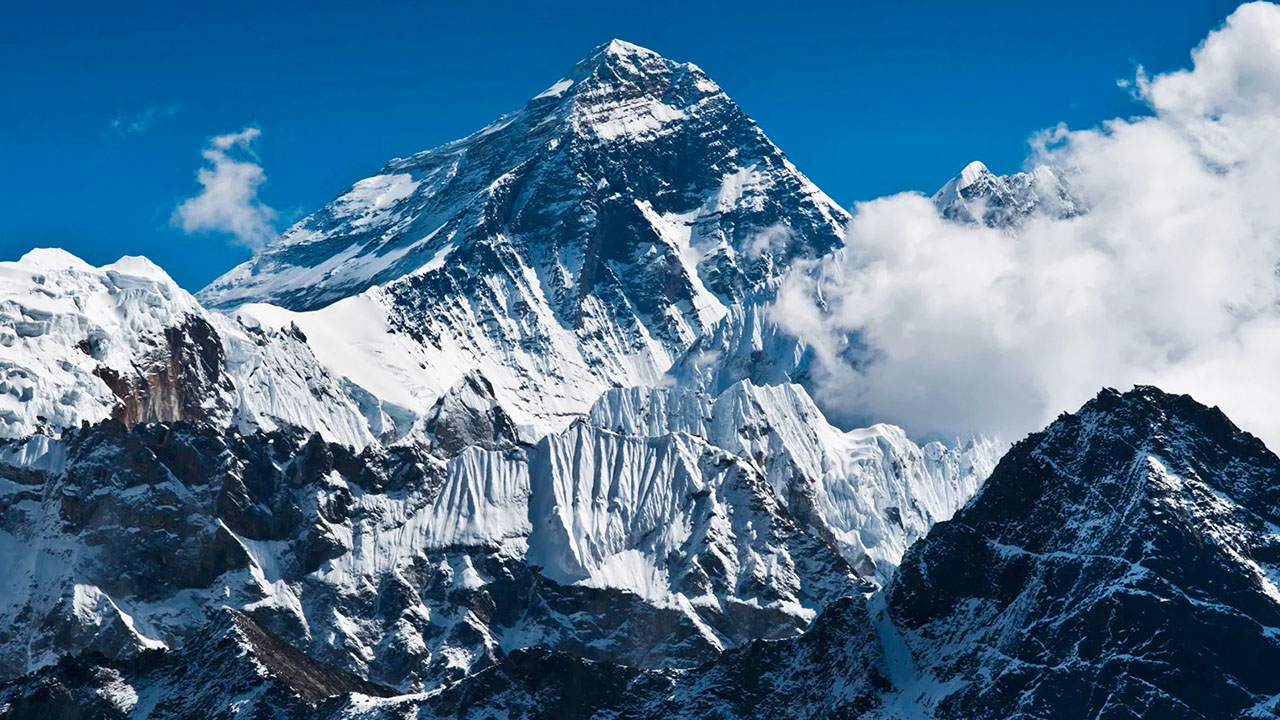
Undoubtedly the most famous mountain in the world, Mount Everest stands tall at an impressive height of 8,848 meters (29,029 feet). Located on the border between Nepal and Tibet, this colossal peak has captured the imagination of explorers and adventurers for centuries. It was first conquered by Sir Edmund Hillary and Tenzing Norgay in 1953, and since then, it has become a popular destination for mountaineers from all over the world.
History of Mount Everest
Mount Everest was named after Sir George Everest, a British surveyor who was responsible for mapping the Indian subcontinent in the 19th century. However, the local Sherpa people have known the mountain as “Chomolungma,” which translates to “Goddess Mother of the Earth.” The first recorded attempt to climb Mount Everest was made in 1921 by a British expedition led by George Mallory. Unfortunately, they were unsuccessful, and Mallory and his climbing partner Andrew Irvine disappeared during their second attempt in 1924. It wasn’t until 1953 that the summit was finally reached by Hillary and Norgay.
Climbing Mount Everest
Climbing Mount Everest is no easy feat, and it requires months of preparation and training. The two main routes to the summit are the South Col route from Nepal and the North Col route from Tibet. Both routes have their own set of challenges, including treacherous weather conditions, high altitude sickness, and technical climbing sections. As a result, only experienced climbers with proper training and equipment attempt to climb Mount Everest.
Interesting Facts about Mount Everest
- The summit of Mount Everest is made up of marine limestone, indicating that it was once under the sea.
- The mountain grows by approximately 4 millimeters every year due to tectonic plate movement.
- The youngest person to reach the summit of Mount Everest was 13-year-old Jordan Romero in 2010.
- The oldest person to reach the summit of Mount Everest was 80-year-old Yuichiro Miura in 2013.
K2 (8,611 m) – Pakistan
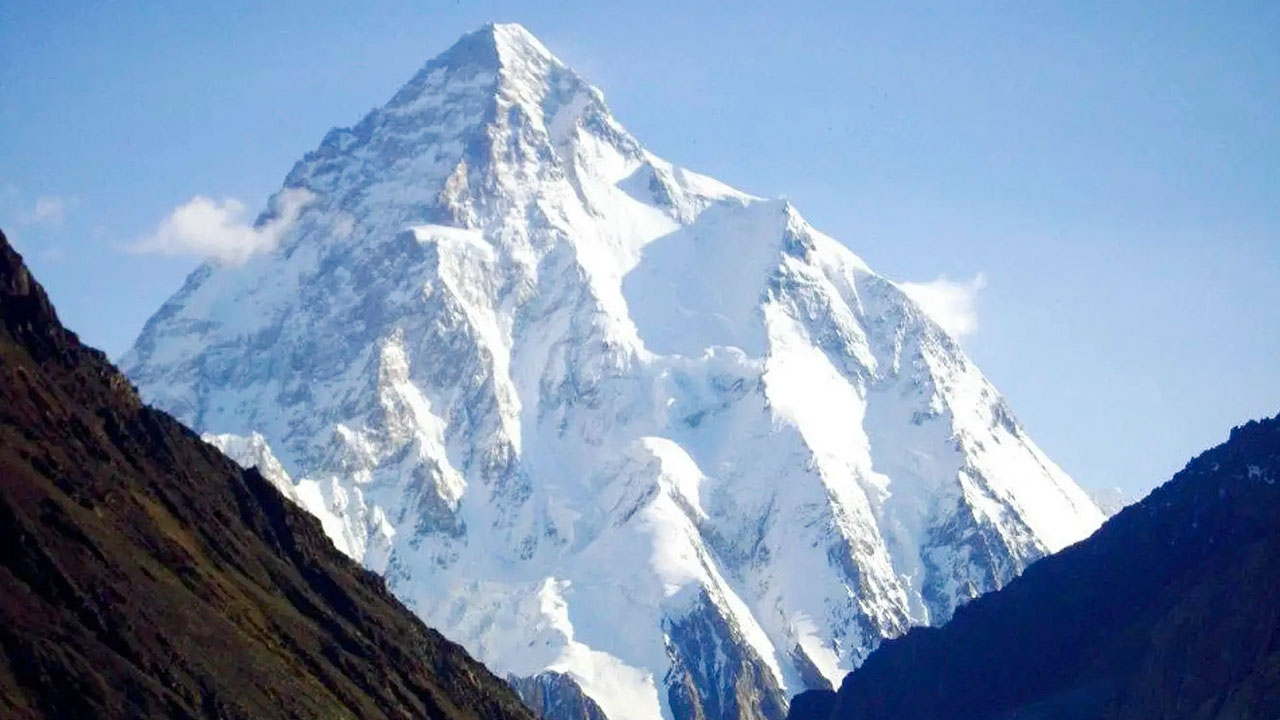
Known as the “Savage Mountain,” K2 is the second-highest mountain in the world at 8,611 meters (28,251 feet). Located on the China-Pakistan border, this peak is known for its extreme difficulty and dangerous climbing conditions. It was first climbed in 1954 by an Italian expedition led by Ardito Desio.
History of K2
K2 was first surveyed in 1856 by British surveyors, but it wasn’t until 1902 that an attempt was made to climb it. The first successful ascent was made in 1954 by an Italian team, and since then, there have been numerous attempts and fatalities on this treacherous mountain. In fact, K2 has the second-highest fatality rate among the eight-thousanders (mountains above 8,000 meters).
Climbing K2
Climbing K2 is considered more difficult than climbing Mount Everest due to its steep and exposed terrain. The most popular route is the Abruzzi Spur on the Pakistani side, which involves technical climbing and traversing the treacherous “Bottleneck” section. The weather on K2 is also notoriously unpredictable, making it even more challenging for climbers.
Interesting Facts about K2
- K2 is the only eight-thousander that has never been climbed in winter.
- The mountain is known as “K2” because it was the second peak to be surveyed in the Karakoram mountain range.
- The first woman to reach the summit of K2 was Polish climber Wanda Rutkiewicz in 1986.
- K2 is considered a holy mountain by the local Balti people, who believe it is home to a deity called “Chogori.”
Tirich Mir (7,708 m) – Pakistan
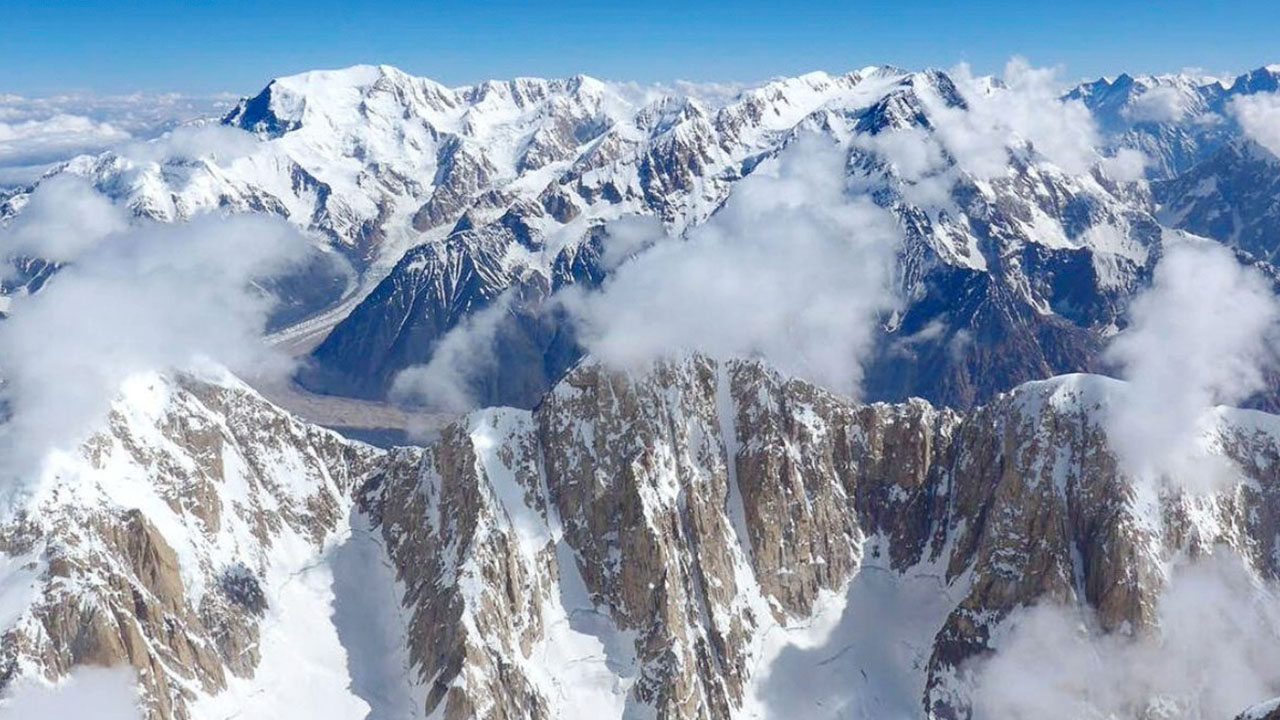
Located in the Hindu Kush mountain range in Pakistan, Tirich Mir is the highest mountain in the region at 7,708 meters (25,289 feet). It was first climbed in 1950 by a Norwegian expedition led by Arne Næss.
History of Tirich Mir
Tirich Mir was first surveyed in 1866 by British surveyors, but it wasn’t until 1950 that an attempt was made to climb it. The first successful ascent was made by a Norwegian team, and since then, there have been numerous attempts and fatalities on this challenging mountain.
Climbing Tirich Mir
Climbing Tirich Mir is considered less technically difficult than Mount Everest or K2, but it still presents its own set of challenges. The most popular route is the Northwest Ridge, which involves crossing glaciers and steep snow slopes. The weather on Tirich Mir can be unpredictable, and climbers must be prepared for extreme cold and high winds.
Interesting Facts about Tirich Mir
- Tirich Mir is the highest mountain in the Hindu Kush range and the highest mountain outside of the Himalayas and Karakoram.
- The mountain is considered sacred by the local Wakhi people, who believe it is home to a mythical creature called “Barfani Baba.”
- The first winter ascent of Tirich Mir was made in 2011 by a Polish team.
- Tirich Mir is known for its stunning views of the surrounding valleys and peaks.
Kongur Tagh (7,649 m) – China
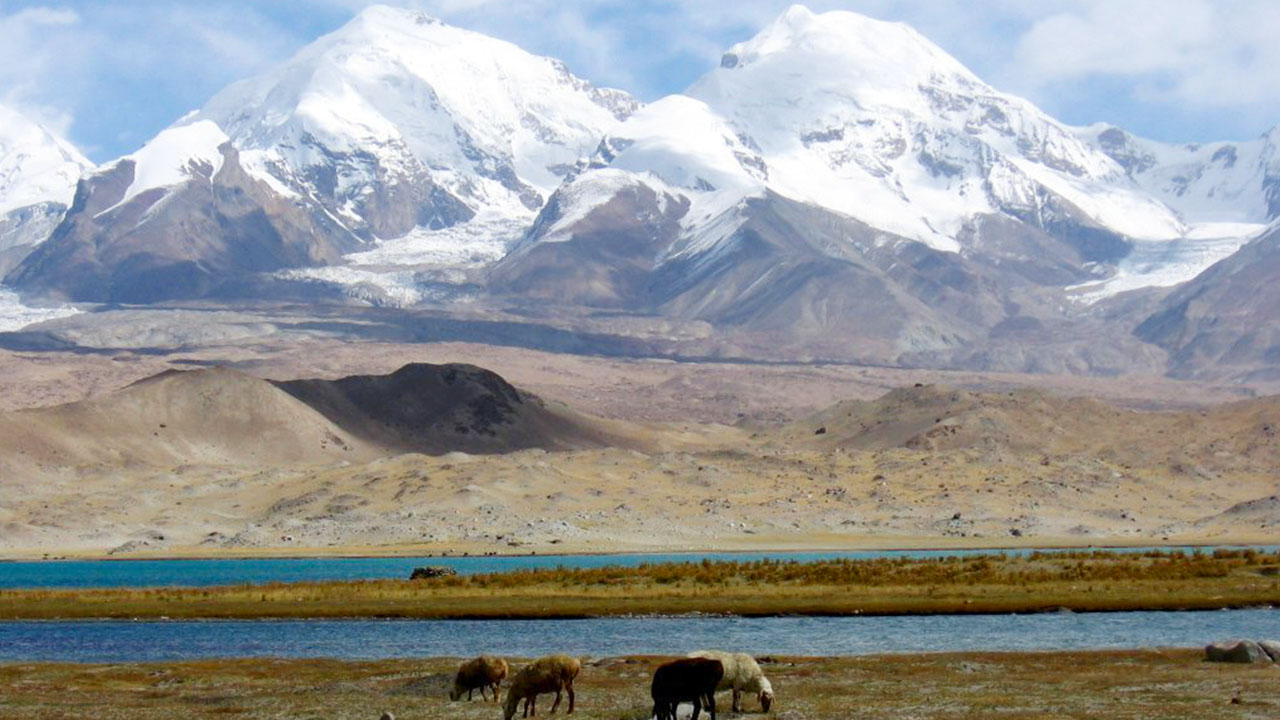
Located in the Pamir mountain range in China, Kongur Tagh is the highest peak in the Kunlun Mountains at 7,649 meters (25,095 feet). It was first climbed in 1981 by a Chinese expedition led by Wang Fuzhou.
History of Kongur Tagh
Kongur Tagh was first surveyed in 1900 by British surveyors, but it wasn’t until 1981 that an attempt was made to climb it. The first successful ascent was made by a Chinese team, and since then, there have been numerous attempts and fatalities on this challenging mountain.
Climbing Kongur Tagh
Climbing Kongur Tagh is considered technically difficult due to its steep and exposed terrain. The most popular route is the Northwest Ridge, which involves crossing glaciers and technical rock climbing sections. The weather on Kongur Tagh can be unpredictable, and climbers must be prepared for extreme cold and high winds.
Interesting Facts about Kongur Tagh
- Kongur Tagh is the highest peak in the Kunlun Mountains and the third-highest peak in China.
- The mountain is known as “Kongur Shan” in Chinese, which translates to “King Mountain.”
- The first woman to reach the summit of Kongur Tagh was Japanese climber Junko Tabei in 1986.
- Kongur Tagh is known for its stunning views of the surrounding peaks, including Muztagh Ata and Mustagh Tower.
Mount Gongga (7,556 m) – China
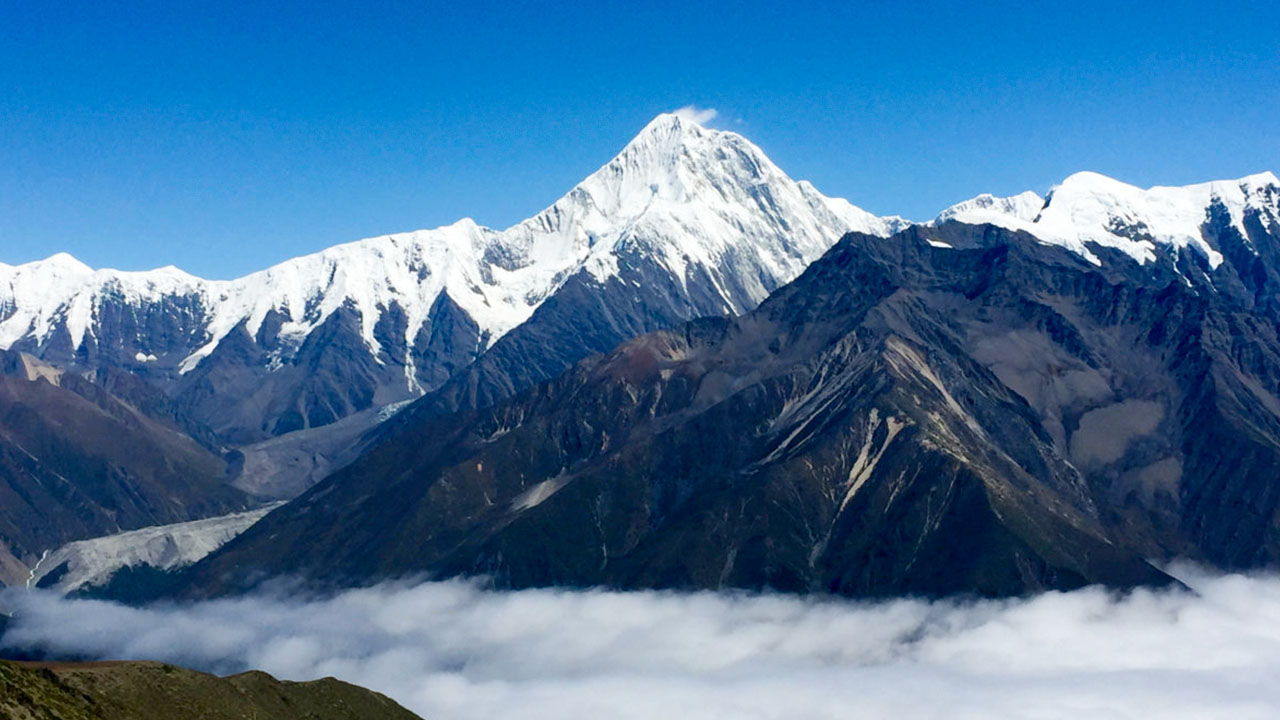
Also known as Minya Konka, Mount Gongga is the highest peak in Sichuan province and the third-highest peak in China at 7,556 meters (24,790 feet). It was first climbed in 1932 by a British expedition led by Joseph Rock.
History of Mount Gongga
Mount Gongga was first surveyed in 1898 by British surveyors, but it wasn’t until 1932 that an attempt was made to climb it. The first successful ascent was made by a British team, and since then, there have been numerous attempts and fatalities on this challenging mountain.
Climbing Mount Gongga
Climbing Mount Gongga is considered technically difficult due to its steep and exposed terrain. The most popular route is the Northwest Ridge, which involves crossing glaciers and technical rock climbing sections. The weather on Mount Gongga can be unpredictable, and climbers must be prepared for extreme cold and high winds.
Interesting Facts about Mount Gongga
- Mount Gongga is known as “Minya Konka” in Tibetan, which means “King of Sichuan Mountains.”
- The mountain is considered sacred by the local Tibetan people, who believe it is home to a deity called “Gongga Langjiling.”
- The first winter ascent of Mount Gongga was made in 1986 by a Japanese team.
- Mount Gongga is known for its stunning views of the surrounding valleys and peaks, including the famous Four Sisters Mountains.
Ismoil Somoni Peak (7,495 m) – Tajikistan
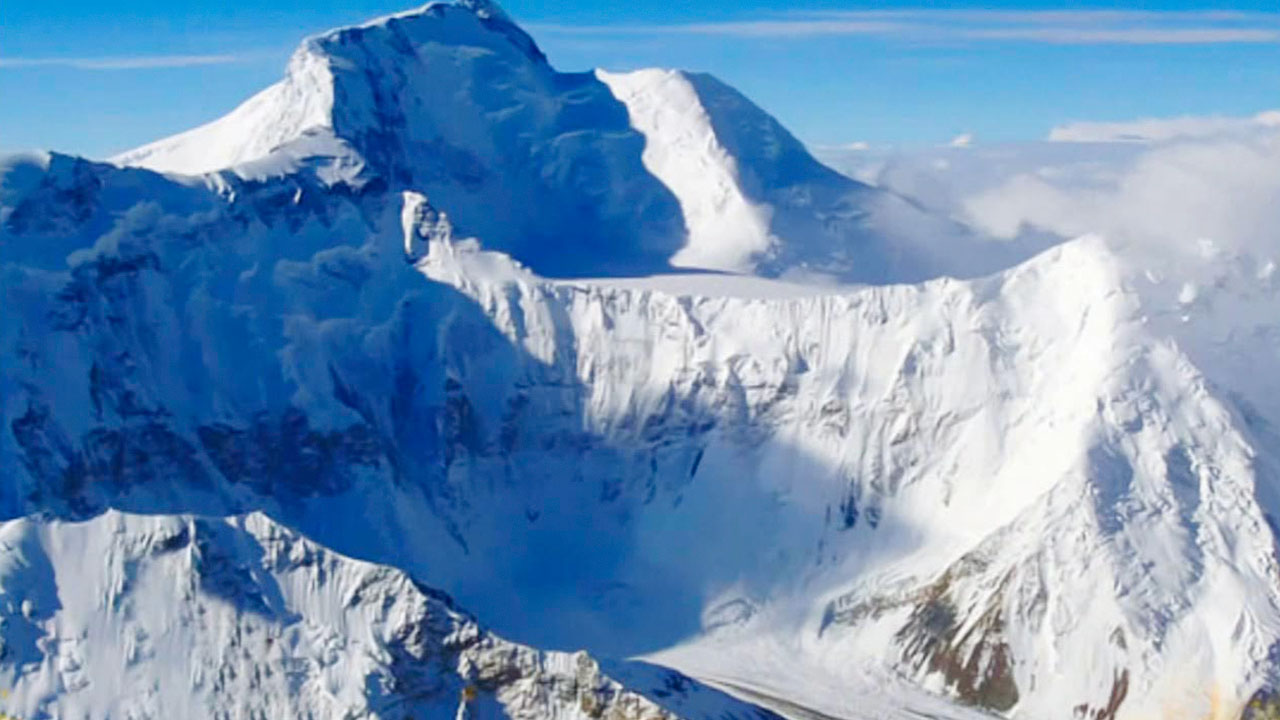
Formerly known as Communism Peak, Ismoil Somoni Peak is the highest mountain in Tajikistan and the highest peak in the Pamir mountain range at 7,495 meters (24,590 feet). It was first climbed in 1933 by a Soviet expedition led by Yevgeniy Abalakov.
History of Ismoil Somoni Peak
Ismoil Somoni Peak was first surveyed in 1871 by Russian geographer Fedor Ivanovich. It wasn’t until 1933 that an attempt was made to climb it, and the first successful ascent was made by a Soviet team. Since then, there have been numerous attempts and fatalities on this challenging mountain.
Climbing Ismoil Somoni Peak
Climbing Ismoil Somoni Peak is considered technically difficult due to its steep and exposed terrain. The most popular route is the Northwest Ridge, which involves crossing glaciers and technical rock climbing sections. The weather on Ismoil Somoni Peak can be unpredictable, and climbers must be prepared for extreme cold and high winds.
Interesting Facts about Ismoil Somoni Peak
- Ismoil Somoni Peak is named after Ismail Samani, a 9th-century ruler of the Samanid dynasty.
- The mountain was known as “Stalin Peak” during the Soviet era but was renamed in 1998 to honor the 10th-century ruler.
- The first woman to reach the summit of Ismoil Somoni Peak was French climber Christine Janin in 1987.
- Ismoil Somoni Peak is known for its stunning views of the surrounding peaks, including Pik Karl Marx and Pik Engels.
Jengish Chokusu (7,439 m) – China, Kyrgyzstan
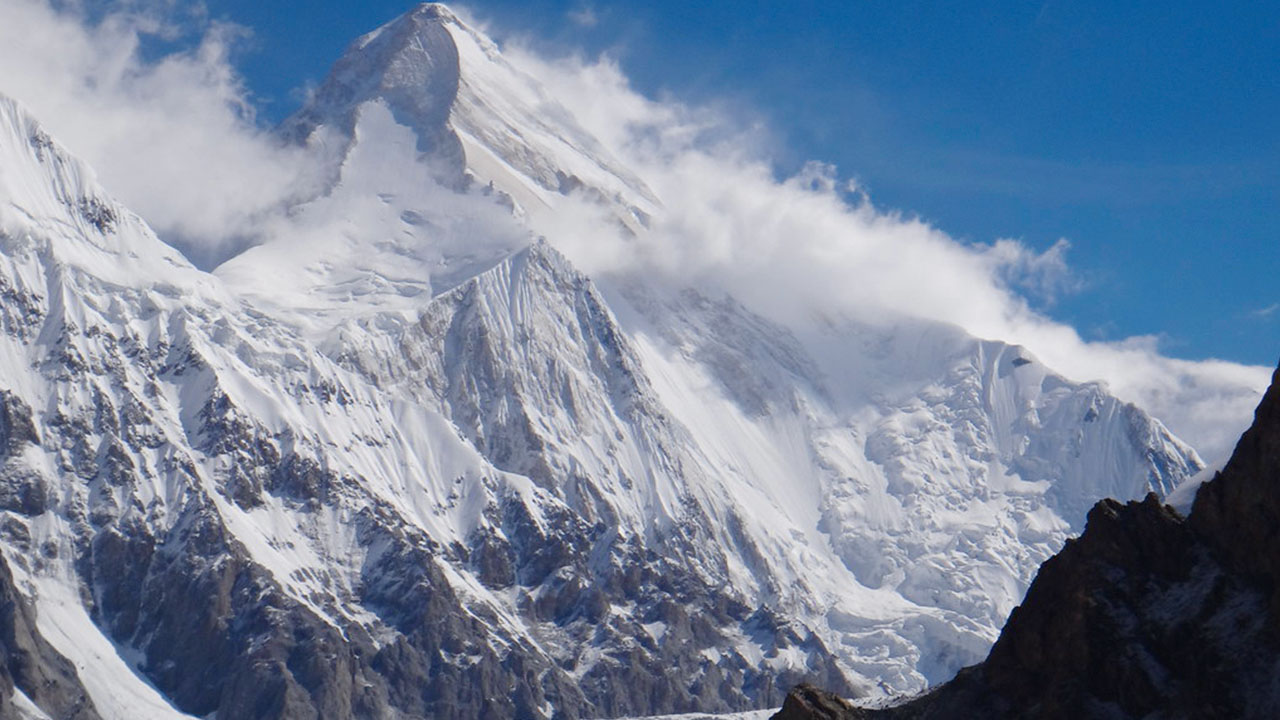
Also known as Pik Pobeda, Jengish Chokusu is the highest peak in the Tian Shan mountain range and the highest peak in Kyrgyzstan at 7,439 meters (24,406 feet). It was first climbed in 1943 by a Soviet expedition led by Vitaly Abalakov.
History of Jengish Chokusu
Jengish Chokusu was first surveyed in 1902 by British surveyors, but it wasn’t until 1943 that an attempt was made to climb it. The first successful ascent was made by a Soviet team, and since then, there have been numerous attempts and fatalities on this challenging mountain.
Climbing Jengish Chokusu
Climbing Jengish Chokusu is considered technically difficult due to its steep and exposed terrain. The most popular route is the North Ridge, which involves crossing glaciers and technical rock climbing sections. The weather on Jengish Chokusu can be unpredictable, and climbers must be prepared for extreme cold and high winds.
Interesting Facts about Jengish Chokusu
- Jengish Chokusu means “Victory Peak” in Kyrgyz, and Pik Pobeda means “Peak of Victory” in Russian.
- The mountain was known as “Khan Tengri” during the Soviet era but was renamed in 1992 to honor the victory over Nazi Germany.
- The first woman to reach the summit of Jengish Chokusu was Japanese climber Kyoko Sato in 1991.
- Jengish Chokusu is known for its stunning views of the surrounding peaks, including Khan Tengri and Pik Lenin.
Gyala Peri (7,294 m) – China
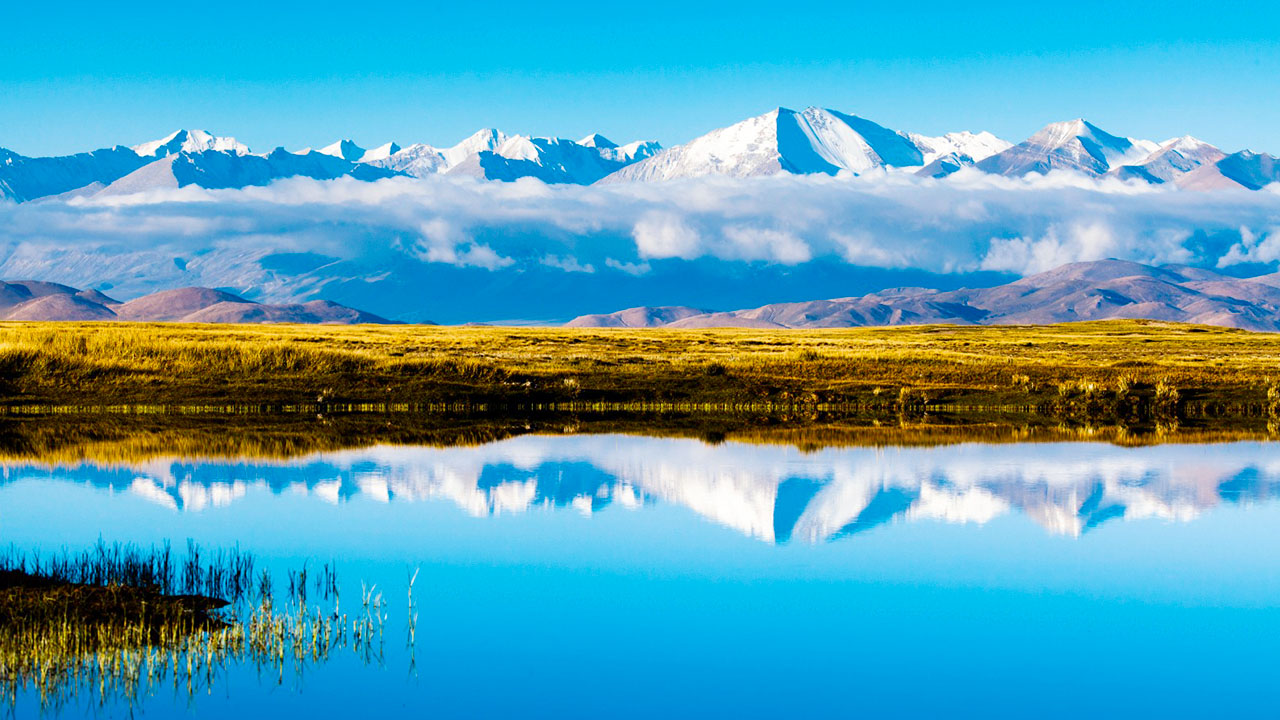
Located in the Himalayas in China, Gyala Peri is the highest peak in Yunnan province and the highest unclimbed peak in the world at 7,294 meters (23,930 feet). It was first attempted in 1986 by a Chinese expedition but has yet to be successfully climbed.
History of Gyala Peri
Gyala Peri was first surveyed in 1928 by British surveyors, but it wasn’t until 1986 that an attempt was made to climb it. The first attempt was unsuccessful, and since then, there have been no recorded attempts to climb this challenging mountain.
Climbing Gyala Peri
Climbing Gyala Peri is considered extremely difficult due to its remote location and technical climbing sections. The most popular route is the East Ridge, which involves crossing glaciers and steep snow slopes. The weather on Gyala Peri can be unpredictable, and climbers must be prepared for extreme cold and high winds.
Interesting Facts about Gyala Peri
- Gyala Peri is known as “Jiariren Feng” in Chinese, which means “Holy Mountain of the Jiariren.”
- The mountain is considered sacred by the local Tibetan people, who believe it is home to a deity called “Gyala Peri Zhaba.”
- The first attempt to climb Gyala Peri was made in 1986 by a Chinese expedition led by Wang Fuzhou.
- Gyala Peri is known for its stunning views of the surrounding valleys and peaks, including Namcha Barwa and Kangchenjunga.
Aconcagua (6,960 m) – Argentina
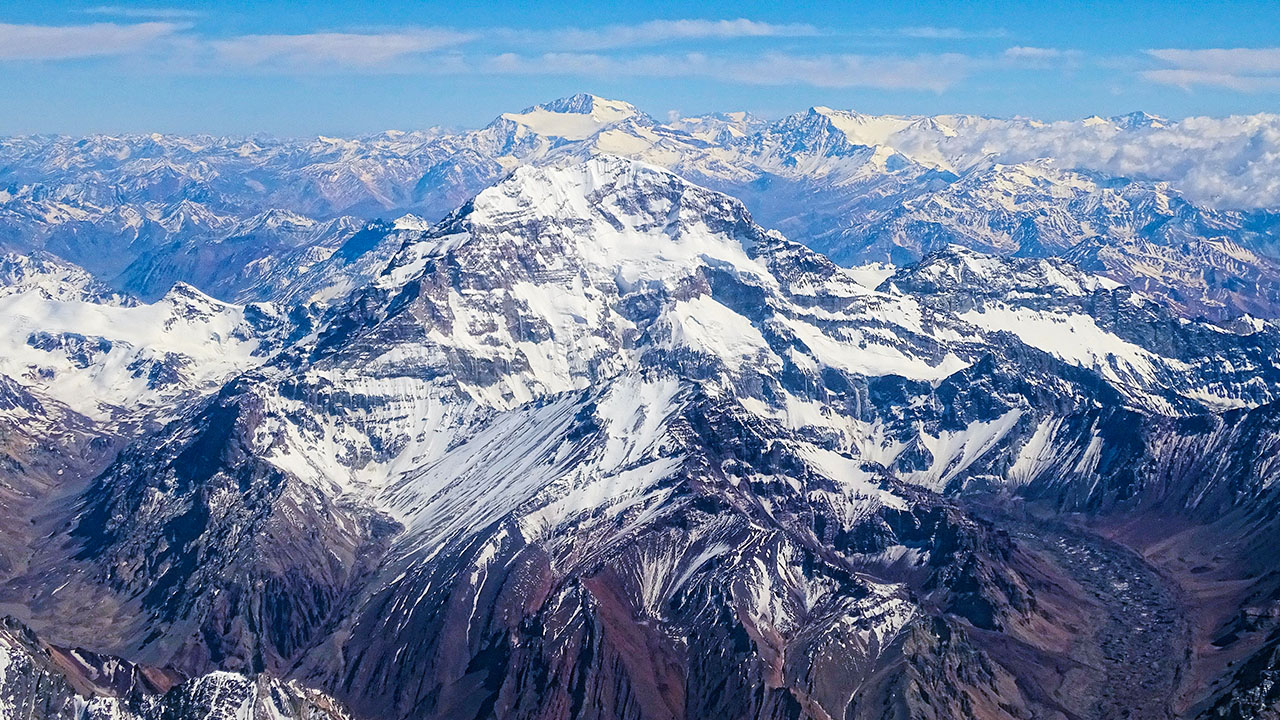
Located in the Andes mountain range in Argentina, Aconcagua is the highest peak in South America and the highest peak outside of Asia at 6,960 meters (22,837 feet). It was first climbed in 1897 by a Swiss expedition led by Matthias Zurbriggen.
History of Aconcagua
Aconcagua was first surveyed in 1883 by a German geologist, but it wasn’t until 1897 that an attempt was made to climb it. The first successful ascent was made by a Swiss team, and since then, there have been numerous attempts and fatalities on this challenging mountain.
Climbing Aconcagua
Climbing Aconcagua is considered technically easy compared to the other mountains on this list, but it still presents its own set of challenges. The most popular route is the Normal Route, which involves trekking through the Horcones Valley and ascending the Northwest Ridge. The weather on Aconcagua can be unpredictable, and climbers must be prepared for extreme cold and high winds.
Interesting Facts about Aconcagua
- Aconcagua is known as “Cerro Aconcagua” in Spanish, which means “Stone Sentinel.”
- The mountain is considered sacred by the local indigenous people, who believe it is home to a deity called “Tupungato.”
- The first woman to reach the summit of Aconcagua was Polish climber Anna Czerwińska in 1978.
- Aconcagua is known for its stunning views of the surrounding valleys and peaks, including Mount Mercedario and Cerro Tupungato.
Chakragil (6,760 m) – China
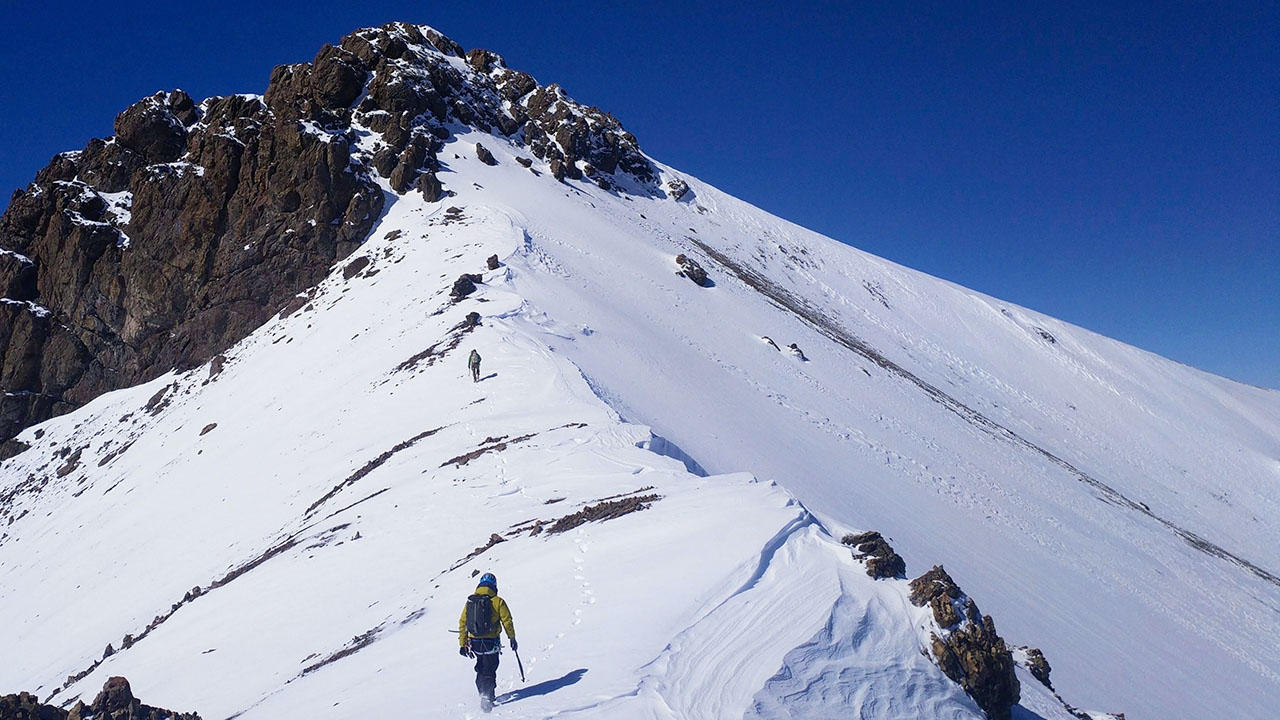
Located in the Karakoram mountain range in China, Chakragil is the highest peak in the Kunlun Mountains at 6,760 meters (22,178 feet). It was first climbed in 1984 by a Chinese expedition led by Li Zhixin.
History of Chakragil
Chakragil was first surveyed in 1900 by British surveyors, but it wasn’t until 1984 that an attempt was made to climb it. The first successful ascent was made by a Chinese team, and since then, there have been numerous attempts and fatalities on this challenging mountain.
Climbing Chakragil
Climbing Chakragil is considered technically difficult due to its steep and exposed terrain. The most popular route is the Northeast Ridge, which involves crossing glaciers and technical rock climbing sections. The weather on Chakragil can be unpredictable, and climbers must be prepared for extreme cold and high winds.
Interesting Facts about Chakragil
- Chakragil is known as “Kongur Tagh II” in Chinese, which means “Kongur Peak II.”
- The mountain is considered sacred by the local Tajik people, who believe it is home to a deity called “Chakragil Baba.”
- The first woman to reach the summit of Chakragil was British climber Julie-Ann Clyma in 1993.
- Chakragil is known for its stunning views of the surrounding peaks, including Kongur Tagh and Muztagh Ata.
Experience Exploring the Highest Mountains in the World
Exploring the highest mountains in the world is an experience unlike any other. From the intense preparation and physical challenges to the awe-inspiring views and sense of accomplishment, each climb offers a unique and unforgettable adventure. Having been lucky enough to summit peaks like Everest and K2, I often get asked what drives someone to push themselves to such extremes. For me, there are several powerful forces at play.
First, I am fascinated by high places and drawn to Rarefied air where few others have ventured. I am also captivated by the tremendous physical and mental challenge of high-altitude climbing. Pushing past pain, oxygen deprivation, bitter cold, and fear to reach a summit unleashes an adrenaline rush like no other. Most importantly, peering down from the “top of the world” gives one a profoundly altered sense of scale and perspective that stays with you forever. The view is magnificent, but the journey to get there proves truly transformative.
FAQs
1. What is the highest mountain in the world?
Answer: Mount Everest is the highest mountain in the world, standing at 8,848 meters (29,032 ft) above sea level.
2. Which mountain range is home to the highest peaks in the world?
Answer: The Himalayas, located in Central and South Asia, is home to the highest mountain peaks in the world, including Mount Everest, K2, Kangchenjunga, and Lhotse.
3. What are the major challenges faced by climbers attempting to summit the highest peaks?
Answer: Climbers attempting to summit the highest peaks face a range of challenges, including extreme weather conditions, unpredictable terrain, altitude sickness, and the risk of avalanches and crevasses.
4. What is the ecological significance of the highest mountain ranges?
Answer: The highest mountain ranges play a crucial role in the global ecosystem, regulating water cycles, supporting diverse flora and fauna, and serving as a natural barrier against extreme weather events.
5. How do local communities and cultures interact with the highest mountain ranges?
Answer: Local communities and cultures have a deep connection with the highest mountain ranges, often considering them sacred and a source of spiritual reverence. These communities rely on the mountains for their livelihoods, engaging in traditional practices such as farming, herding, and religious rituals.
Conclusion
The highest mountains in the world are not only impressive in terms of their heights but also in terms of the challenges they present to climbers. These majestic peaks have captured the imagination of adventurers and explorers for centuries, and they continue to attract brave souls who are willing to take on the ultimate challenge. From the towering Mount Everest to the remote and unclimbed Gyala Peri, each of these mountains has its own unique history and allure. Whether you are an experienced mountaineer or simply an admirer of nature’s wonders, these top 10 highest mountains in the world are definitely worth adding to your bucket list.



